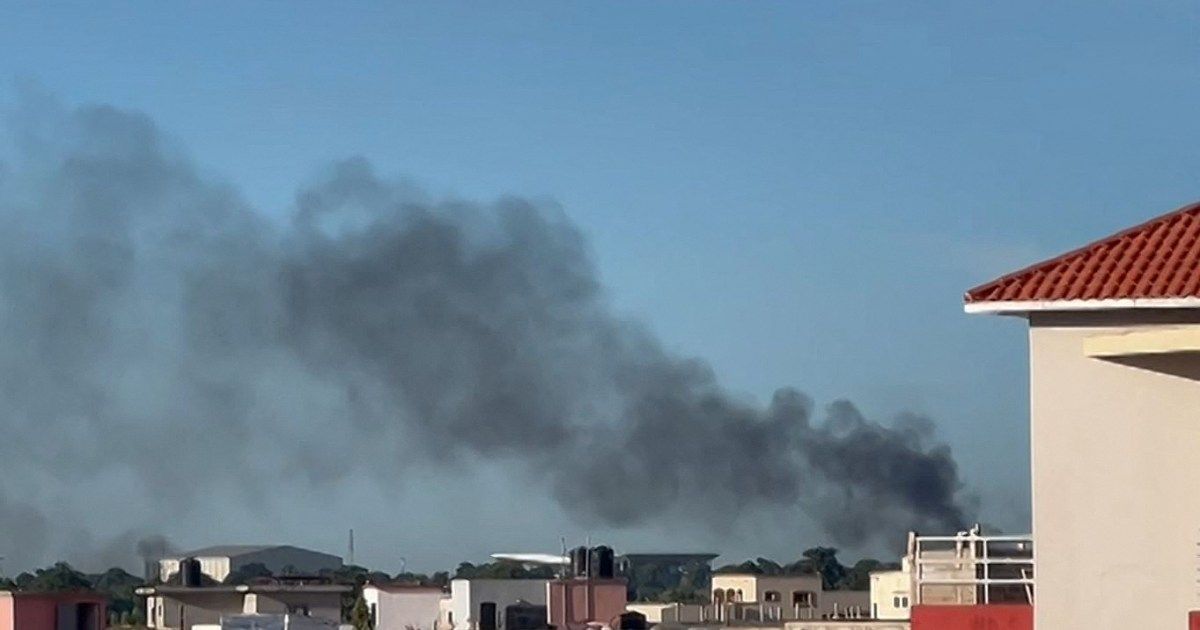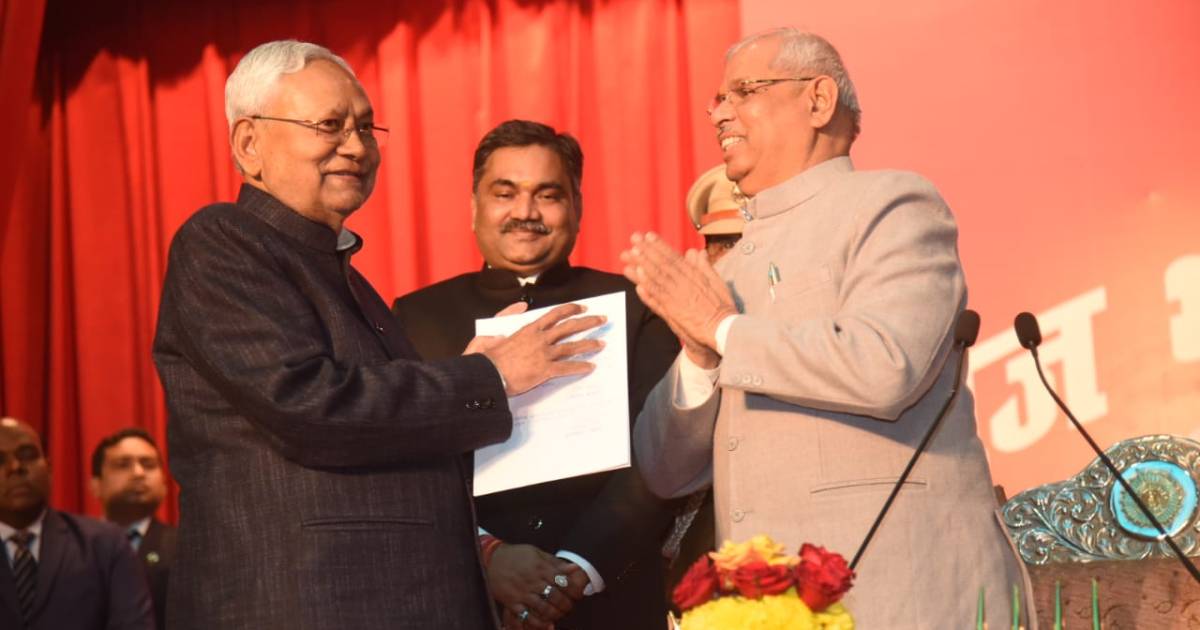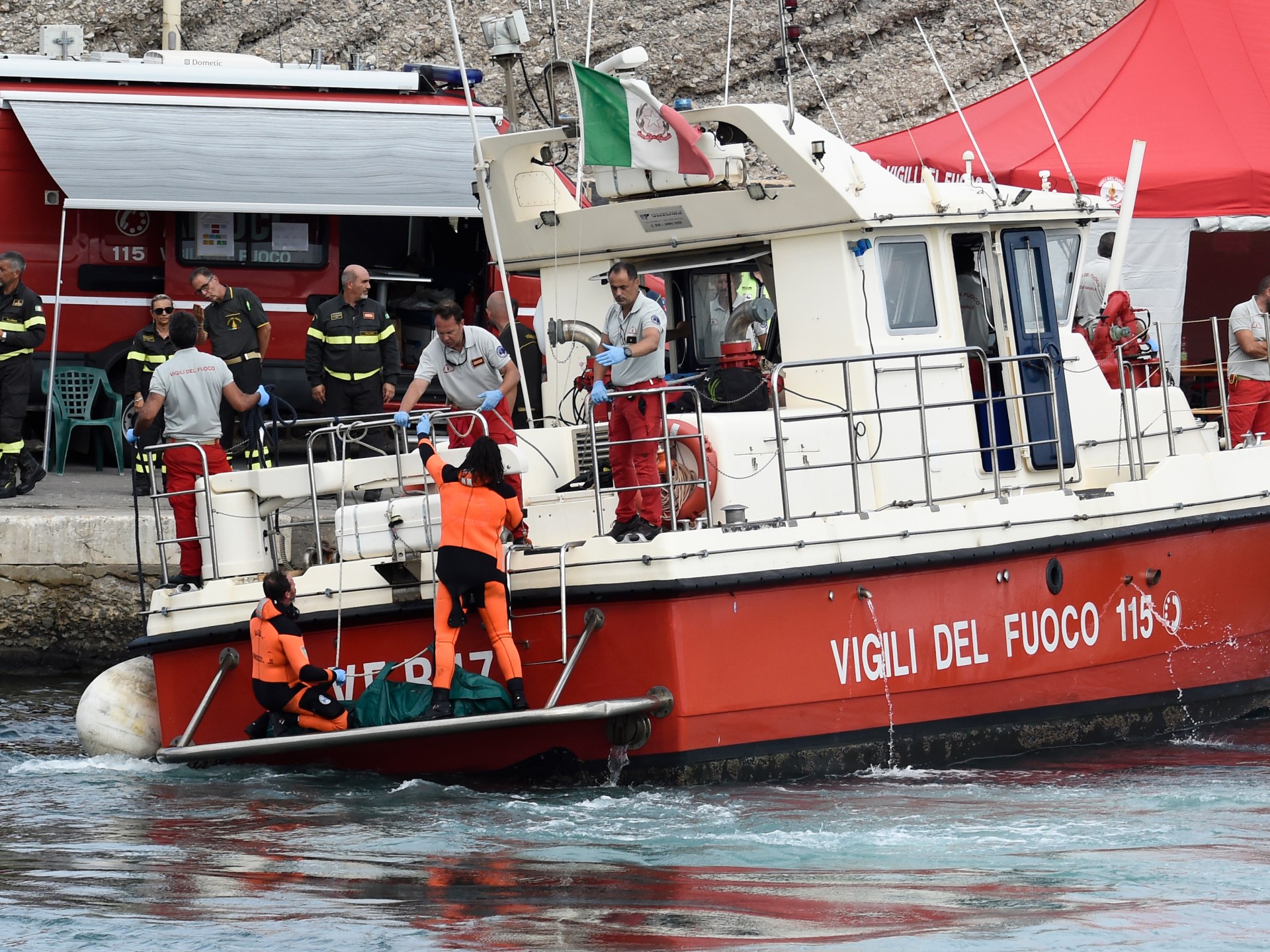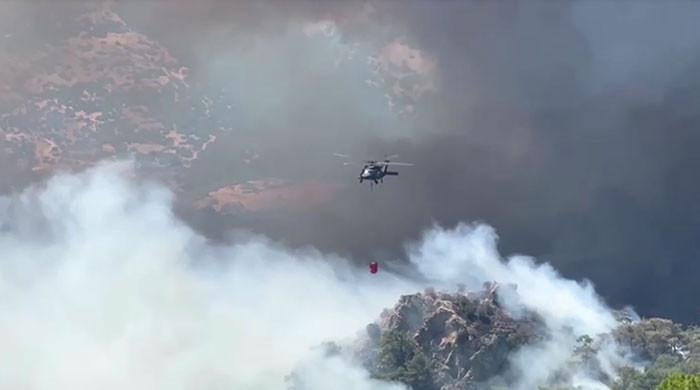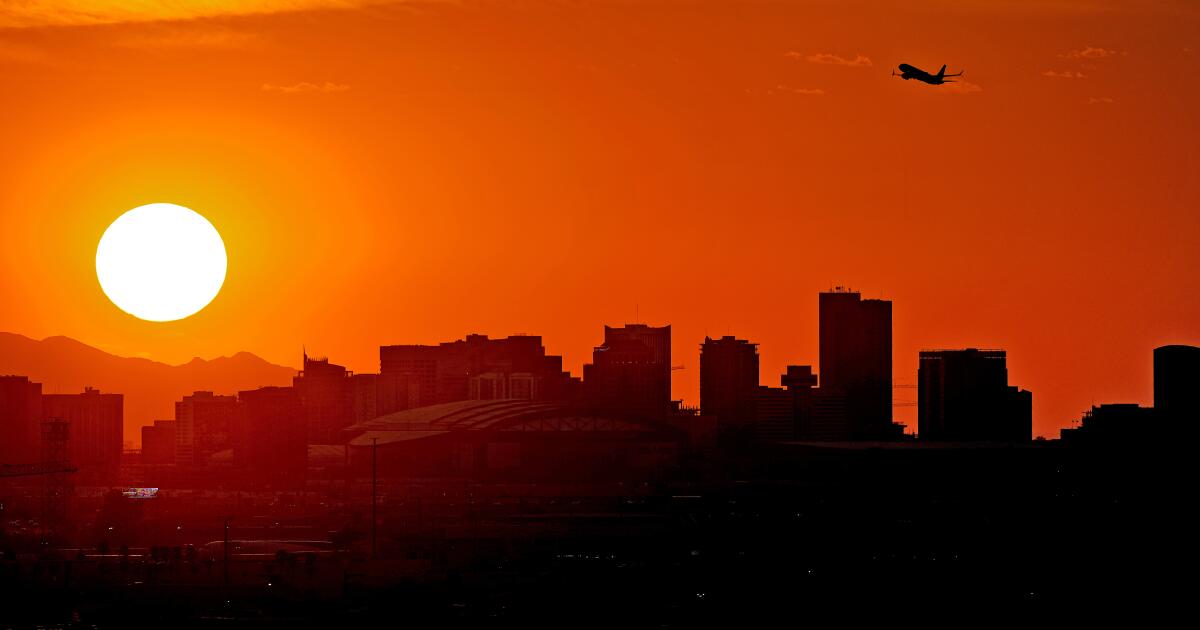An estimated 77 people have been killed in an attack on Mali's capital Bamako, according to the AFP news agency.
About 200 other people were wounded in the attack, which took place on Tuesday and caused hospitals to be overwhelmed with injured patients, a diplomat who asked to remain anonymous told the news agency. It is not clear how the victims were injured, but residents reported gunfire and explosions. There was also smoke from what appeared to be fires coming from buildings.
Malian authorities closed Modibo Keita International Airport after the attack.
Mali’s military government downplayed the incident, with authorities saying the situation was “under control” and the attack had been repelled. Authorities later admitted that the army had suffered casualties.
State television ORTM showed images of about 20 suspects believed to have taken part in the attack, blindfolded and with their hands tied. They were reported to have been captured by the military. “The raid is continuing,” said army chief of staff Oumar Diarra.
What happened in the attack?
Malian authorities said an armed group attacked an elite military police training school in Bamako's Faladie district as well as a military base near the airport early Tuesday.
According to some reports, gunshots were heard in the city centre and smoke rose into the sky from what appeared to be fires that fighters had set in buildings and other infrastructure.
Responsibility for the attack has been claimed by the al-Qaeda-linked Jama'at Nusrat al-Islam wal-Muslimin (JNIM) group.
The group's stated goals include “eliminating oppression” and driving out non-Muslim “occupiers” – a reference to Western influence in the country, such as foreign troops stationed in Mali. It also operates in Burkina Faso and Niger.
JNIM members appear to have killed dozens of Malian soldiers and Russian fighters from the Wagner mercenary group during the nine-hour attack believed to have lasted. The Wagner Group, now called the Africa Corps, is deployed in the country to help the government repel armed groups.
JNIM posted videos of the assault on social media. The videos showed fighters setting fire to a government plane and firing on a plane owned by a United Nations aid organization, the World Food Program (WFP). The videos also showed dozens of soldiers apparently killed, including white soldiers presumed to be Russian.
Although JNIM claimed to have taken control of the airport and its surroundings on Tuesday, Malian authorities said on state broadcasters later in the day that the attack had been repelled.
JNIM said several dozen of its members were killed during the assault and that it may have wounded hundreds of Malian soldiers and Russian fighters.
UN Secretary-General Antonio Guterres condemned the attack and confirmed that one UN staff member was injured. The African Union, Senegal, France and the United Kingdom denounced the violence.
WFP spokesperson Djaounsede Madjiangar confirmed the damage to the plane, which he said was being used to “transport aid workers and deliver emergency humanitarian aid in remote areas of Mali.” The plane was on the ground at the time and had no personnel on board.
Madjiangar said the attack “reduces our humanitarian response capacity.”
#Mali / #Bamako: The terrorists on the milieu of the planes at the Bamako Sénou airport. #SahelLeaks image.twitter.com/jPniwYnoBM
— SahelLeaks (@SahelLeaks) September 17, 2024
Why is this attack important?
The attack took place in Bamako, the capital and seat of the military government, and specifically targeted military bases. It has been years since there was such a large-scale attack in Bamako.
While Mali has been plagued by violence from several armed groups since 2012, including JNIM and the ISIS affiliate in the Greater Sahara (ISGS), it has been concentrated in the northern and central parts of the country, hundreds of kilometres from the southwestern capital.
The last time a high-profile attack took place in the city was in 2015, when fighters attacked foreigners at a nightclub in March and again at the Radisson Blu Hotel in November.
At that time there was a civilian government in power and French forces were assisting the army.
Five people were killed and nine injured in the attack on the nightclub. Twenty people were killed in the attack on the Radisson Blu.
Both attacks were carried out by the al-Mourabitoun armed group, which has now merged with the Ansar Dine and Macina Liberation Front groups to form JNIM.
The groups have seized large tracts of land in the centre and north of the country and tax civilians in the occupied communities. Groups such as JNIM also launch raids into neighbouring Burkina Faso and Niger. Like Mali, the two countries have been governed by their own armies since 2021.
How has violence by armed groups been combated so far?
Bamako’s long-time ally, France, deployed thousands of troops to Mali and neighbouring countries in 2013. The United Nations also deployed the 11,000-strong MINUSMA (United Nations Multidimensional Integrated Stabilisation Mission in Mali) peacekeeping force. Together, the forces succeeded in seizing territory from armed groups and holding on to it, but attacks such as those in 2015 persisted, sparking widespread discontent among Malians.
In 2020, forces led by Colonel Assimi Goita seized power in a military coup, blaming the civilian government of President Ibrahim Boubacar Keita for not doing enough to alleviate rising insecurity caused by armed groups.
As anti-French sentiment began to rise in the region around 2015, in part due to ongoing attacks by armed groups, Goita ordered French forces and MINUSMA to withdraw. Troops began withdrawing in 2022 and completed their withdrawal in December last year.
The Goita government has instead turned to the support of Russian Wagner forces, which currently have about 2,000 Wagner fighters in the country.
Although the Russians, along with Malian soldiers, have been accused of human rights violations, the collaboration has allowed Mali to reclaim some territory from armed groups, especially in the north, analysts said.
What other major losses have Malian troops suffered?
In August, Tuareg rebels, who are non-ideological groups separate from JNIM and EIGS, launched what experts call the most significant attack against Russian mercenaries since they were deployed in Mali in 2021.
The Tuaregs have resented Bamako for decades for what they see as marginalisation. Over the years, Tuareg factions have waged separatist wars, demanding an independent country called Azawad. It was the 2012 uprising of the National Movement for the Liberation of Azawad that prompted Bamako to ask France and the UN for help.
An ambush claimed by members of the Permanent Strategic Framework for Peace, Security and Development (CSP-PSD) in the northern town of Tinzaouaten resulted in the deaths of 47 Malian soldiers and 84 Russian fighters, according to rebel accounts on Telegram.
The Malian government did not confirm any casualty figures, but did say the army suffered “significant losses” and lost a helicopter.
Following that attack, a Ukrainian government spokesman claimed to have provided intelligence to Tuareg groups to cause damage to Russian forces during the war between Russia and Ukraine.
Analyst Liam Karr of the US-based conflict monitoring group Critical Threats told Al Jazeera that while the details of Ukraine's aid are unclear, it is unlikely to be large-scale.
The Ukrainian government attempted to backtrack on its claim after Mali and its allies in Niger cut diplomatic ties with kyiv. Ukraine's ambassador to French-speaking West African countries, Yurii Pyvovarov, who resides in Senegal, no longer has relations with the two countries.
Although a French push helped secure a peace deal and partial autonomy for the Tuaregs in 2015, the military government has broken those agreements since coming to power, preferring to take a hard line against the separatist movement and seeking to regain control of the northern region of Kidal by force.

What is happening in the region in general?
Mali, Niger and Burkina Faso are experiencing rising levels of violence despite their military governments cutting ties with France and turning to Russian forces for support. The number of attacks involving armed groups rose by 46 percent between 2021 and 2023 in all three countries, resulting in thousands of civilian casualties. Liptako-Gourma, the region linking the three countries, is a particularly volatile flashpoint.
The three countries broke away from the Economic Community of West African States (ECOWAS) a year ago and have since formed a confederation, the Alliance of Sahel States. They have pledged to fight armed groups together with the help of Wagner fighters.
An estimated 100 Russian fighters arrived in Burkina Faso in January. Niger received an unspecified number of Russian units in April, after suspending an agreement with the US military in March that allowed it to operate in Niger. The military government ordered the US to abandon key military bases established in the country to monitor the activity of armed groups. The US withdrawal was made official in September.
Burkina Faso appears to be the worst affected country, with two-thirds of its territory now under the control of JNIM and other armed groups. More than 8,000 people were killed in the country in 2023, twice as many as in 2022, according to conflict monitoring group ACLED.
In June, JNIM members attacked a military base in the northeastern town of Mansila, killing more than 100 soldiers.
Niger, which was becoming slightly more stable before its own military coup in July 2023, is now experiencing more lethal attacks from ISIS's Sahel affiliate, according to ACLED.

